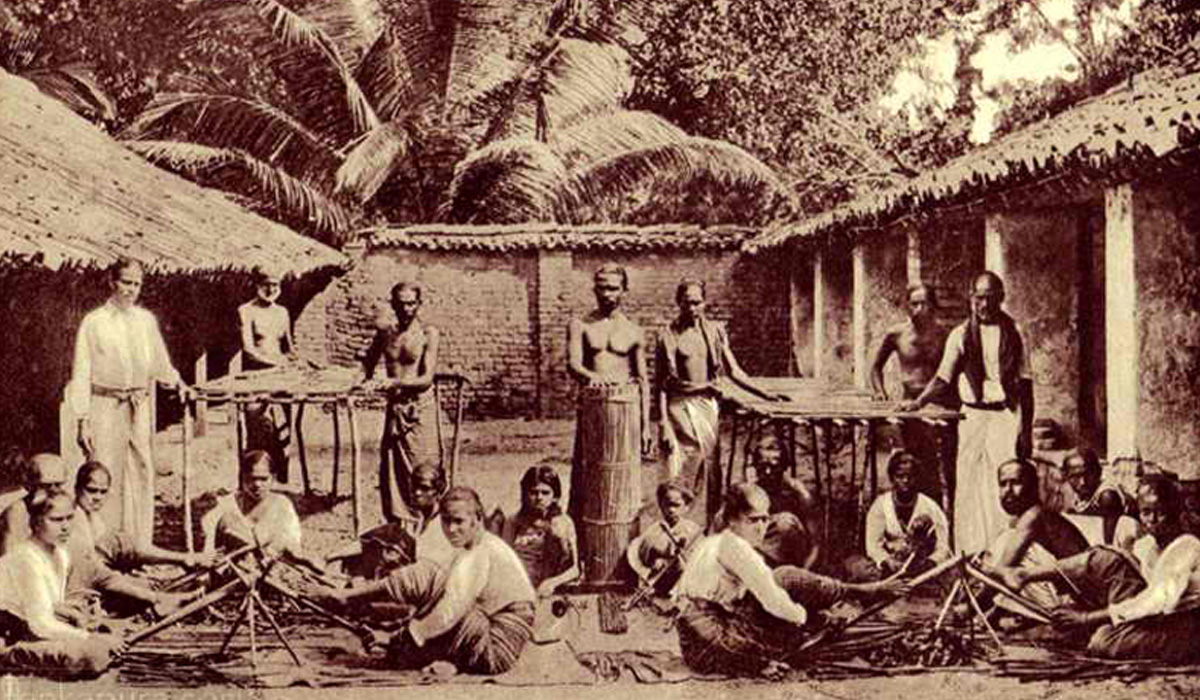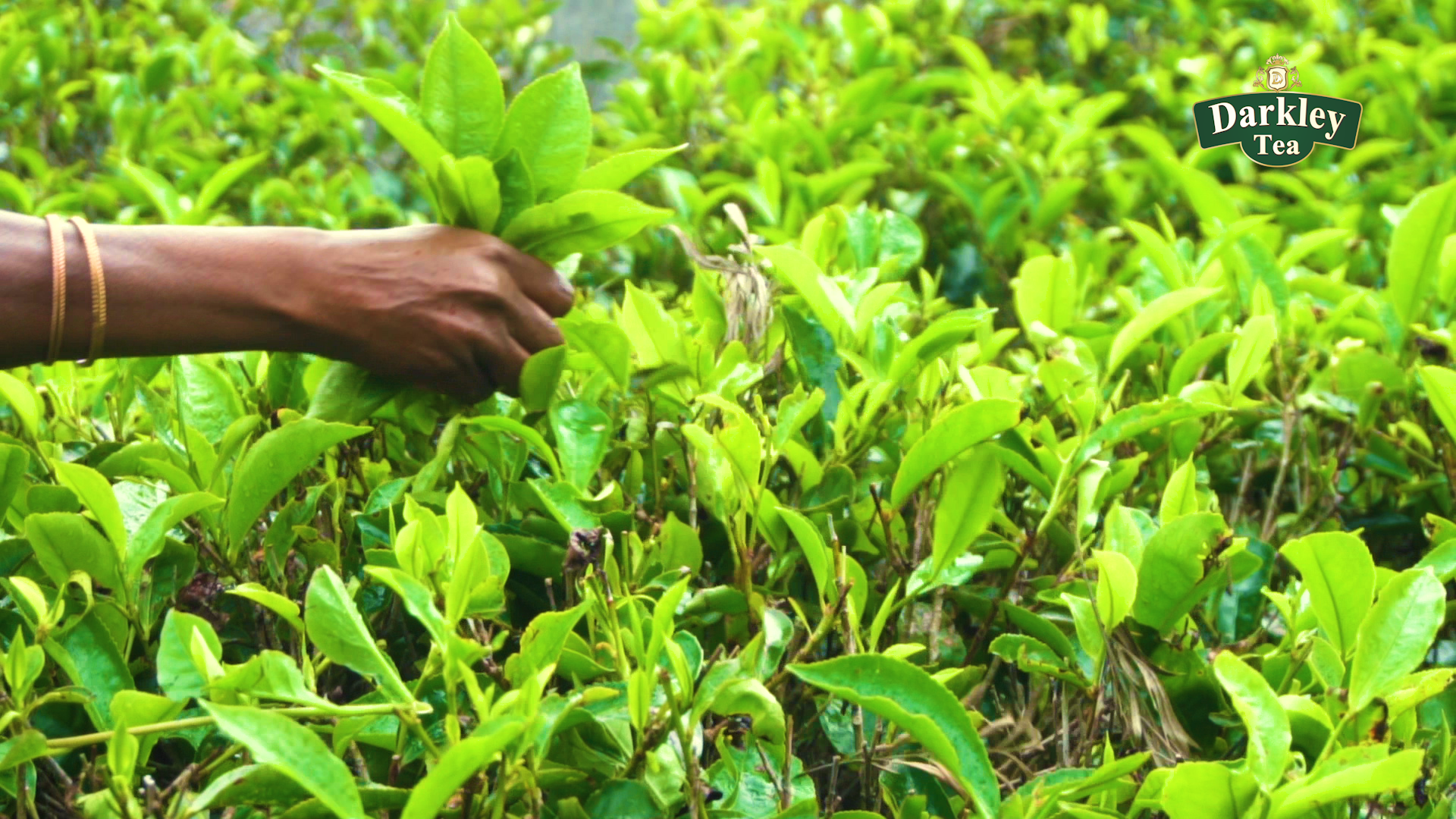Before the development of the tea age in Ceylon, they rather successfully cultivated cinnamon. Later when it became unprofitable to process and export the cinnamon crops, the planters switched to coffee.
By the 1870s, the coffee industry flourished in Ceylon, but having reached its peak, it went into a sharp decline due to the massive destruction of coffee.








